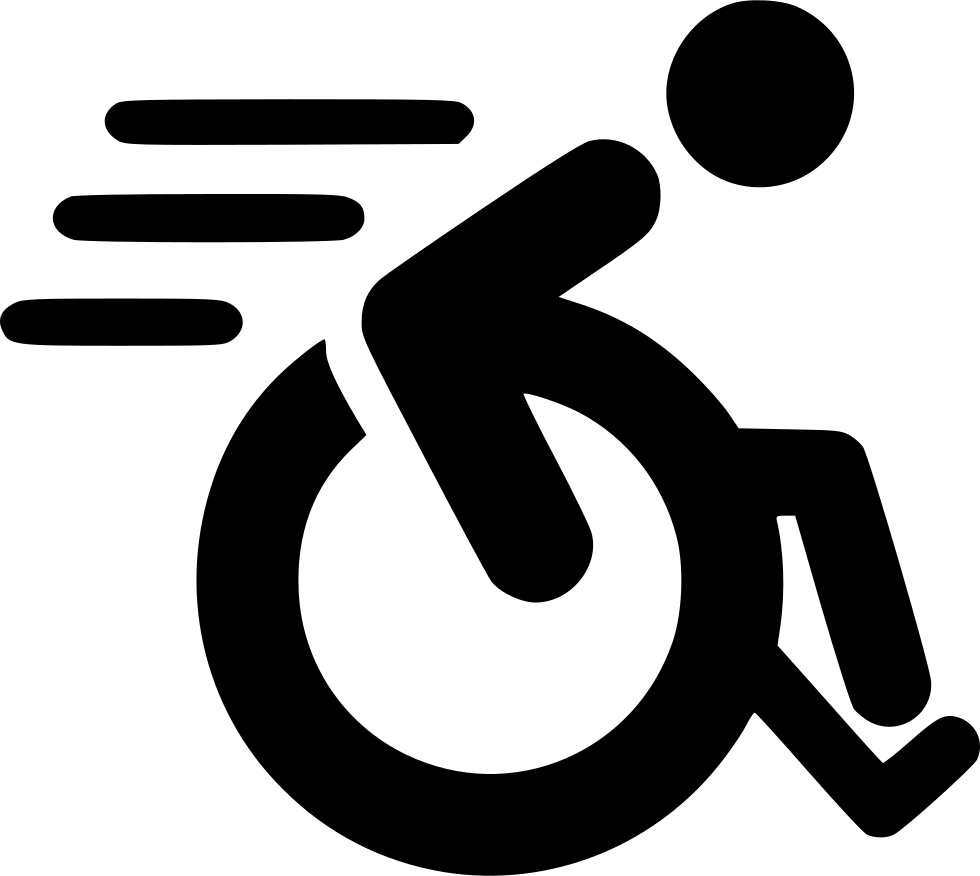Educational Articles
-
Demodicosis is a parasitic skin condition caused by Demodex mites. These microscopic mites can be found on the skin of all animals but, in some cases, they multiply to excessive levels and cause clinical signs. Signs vary depending on the species of mite involved, though generally involve hair loss, skin inflammation, and crusting. Demodex mites found on cats and dogs do not spread to humans.
-
An FHO, or femoral head ostectomy, is a surgical procedure that aims to restore pain-free mobility to a diseased or damaged hip by removing the head and neck of the femur (the long leg bone or thighbone). This procedure is commonly recommended for cats, especially those who are at a healthy weight. Active cats often experience better results with FHO than less-active cats. It is important to follow your veterinarian's post-operative instructions. Most cats will show signs of complete recovery approximately six weeks post-operatively.
-
This handout discusses how to find reliable information for your pet on the internet. Recommendations are to always seek out trusted sources, such as your own veterinary clinic, veterinary schools, and those sites with content written by veterinarians. Try to avoid sites offering homemade cures, are heavily weighted with opinions, or offer prescription medications without requiring a veterinarian’s prescription.
-
While most of the time cats will land on their feet, they can still sustain serious injuries after a fall, including sprains, broken bones, head trauma, and chest or abdominal injuries. If you see your cat fall, monitor her for at least 3-5 days for anything abnormal that may develop. Serious injuries need to be evaluated immediately by your veterinarian, but there are steps you can take at home to prepare your pet to be transported to your veterinary hospital.
-
Lameness occurs due to the injury or debilitation of one or more parts of the leg; bones, muscles, nerves, tendons, ligaments, or skin. Depending on the cause of the limp, immediate veterinary care may be needed. If your dog is in severe pain, carefully transport your dog to your veterinary hospital or emergency hospital immediately. For non-emergency limps, you may be able to determine the cause of the limp and provide home care. If the lameness persists for more than 24 hours, seek veterinary care. Medication or surgery may be necessary to help your cat heal and reduce pain.
-
Tail injuries are common and can sometimes be managed with home first aid but some cases require veterinary care. Abrasions are mild scrapes that can be treated with daily cleaning and application of antibiotic ointment. Lacerations are more serious cuts that may expose underlying muscle and bone requiring stitches and often antibiotics. Tail fractures can heal well if they occur near the tip of the tail but if bones are severely damaged then amputation may be required. Nerve damage can occur from fractures, crushing injuries or severe tail pulls causing stretching or tearing of the nerves and can result in loss of fecal and urinary continence and can also result in a limp tail.
-
Fluralaner is given by mouth or applied topically and is used to treat flea and tick infestations, and also off-label to treat certain types of mange and mites. Give as directed. Side effects are uncommon but may include stomach upset or neurologic symptoms. Do not use in pets with a history of seizures. If a negative reaction occurs, please call the veterinary office.
-
Follicular conjunctivitis is an eye condition that primarily affects young dogs, under 18 months of age. Follicular conjunctivitis is often caused by allergens, such as dust, grass, and weeds. Mild cases of follicular conjunctivitis do not require treatment. If your dog’s eye is uncomfortable, treatment may include saline rinses, topical steroids, and possible debridement.
-
Adverse food reactions in cats are either caused by food allergy – an immune response to something ingested or food intolerance – a non-immunological response to something ingested. Signs of food intolerance are generally digestive in nature only. Food intolerance will generally occur on the initial exposure to the food or food additive in contrast to food allergy which requires repeated exposures to develop. Different causes of food intolerance include food poisoning, or inappropriate ingestion of an irritant, reaction to food additives, histamine reactions, lactose intolerance and dietary indiscretion such as eating fat or bones. A dietary history is important in diagnosing these conditions.
-
Genetic (DNA) testing is readily available, whether you are using it for fun to find out what breeds your pet is made up of or if you are looking into possible medical conditions. DNA samples can be collected either from a cheek swab or a blood draw. Knowing which breeds your pet is made up of can help you and your veterinarian prevent or prepare for health issues in the future.


